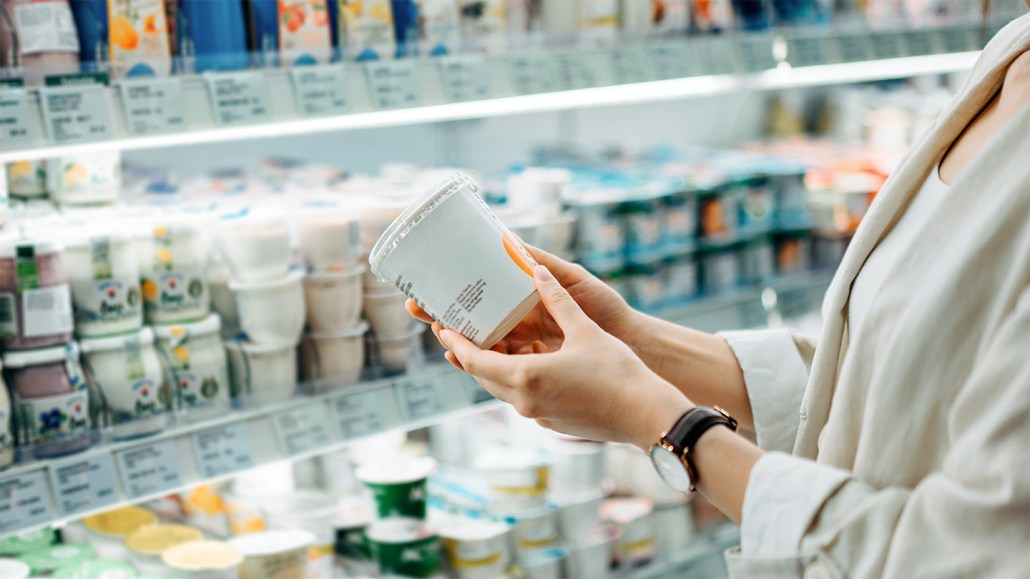Some probiotics could feed, rather than fend off, infections
Two strains of Lactobacillus had opposite effects on C. difficile infections in mice

Many people eat yogurt or take probiotic supplements because Lactobacillus bacteria in those products have been linked to improved gut health. But a new study in mice shows that species of Lactobacillus can have opposite effects on a pathogen's ability to invade the gut.
3sign / Getty Images